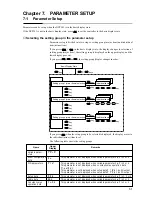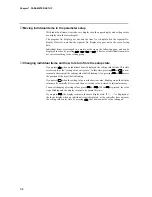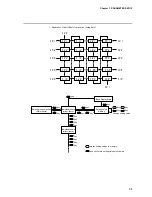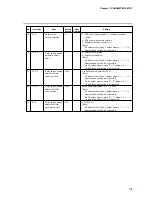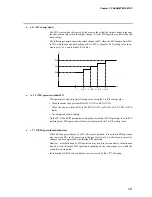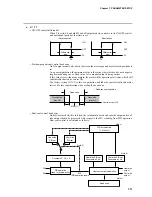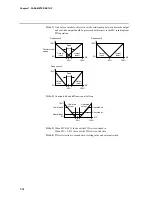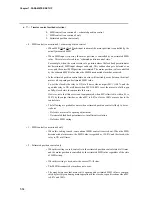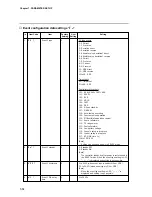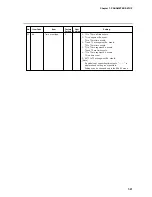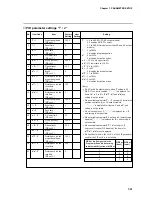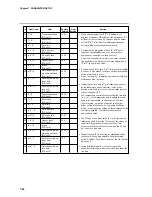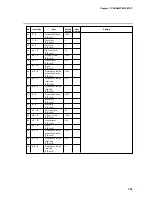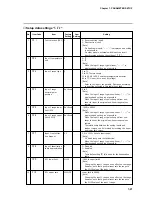
Chapter 7. PARAMETER SETUP
7-12
●
S
t
(smart-tuning method selection)
0: Smart-tuning is disabled.
1: The brake value is fixed to inhibit overshoot.
2: Overshoot is inhibited while automatically reviewing the brake value.
• When the control direction is set to reverse action, overshoot is inhibited. When set to
direct action, undershoot is inhibited. Both functions are referred to collectively as
“overshoot inhibit.”
When set to 1, the value of PID parameter setting item
B
R
is used as it is to inhibit
overshoot.
When set to 2, the value of
B
R
is reviewed at each rise (reverse action) or fall (direct
action, and overshoot is inhibited while the value is automatically rewritten.
Review is executed only in the direction in which the
B
R
value is increased (overshoot
inhibit effect becomes more apparent).
When operation is carried out for a long time with this parameter set to 2, overshoot
inhibit may function too strongly, and it may take a long time to arrive at SP. So, when
overshoot disappears, note down the
B
R
value at that time, set
S
T
to 1, and reset the
B
R
value to the noted down value.
• The AT LED lights while reviewing the
B
R
value when set to 2.
• Do not set to 2 when normal control is not being carried out due to inappropriate tuning
of the PID constant, for example.
Also, hunting is more likely to occur when
B
R
is set to a large value on quick-starting
lines. Set the
B
R
value to 0 then to 2.
• On heat/cool models, smart-tuning does not function.
●
2
P
I
D
(2 degrees of freedom)
0: 2 degrees of freedom is disabled.
1: 2 degrees of freedom is enabled.
• 2 degrees of freedom is a function for improving the response to disturbance during
setup without losing conventional characteristics at rise (or fall).
When set to 1, optimum PID constants can be set individually for inhibiting distur-
bance in addition to conventional the PID constant.
These constants are set automatically during AT execution, and is memorized. They
can also be set and changed independently.
In particular, on 2G output models, suppressing changes in MV to lessen the frequency
of motor operation during setup, and manually applying weak PID differential for in-
hibiting disturbance to lengthen service life, for example, proves effective.
• These PID are switched automatically by applying fuzzy rules on the slope between
deviation and PV.
• When
I
(reset time) is set to 0, control is carried out without integration in all states
regardless of the setting value of
D
I
(disturbance inhibit reset time).
• On heat/cool models, 2 degrees of freedom does not function.




